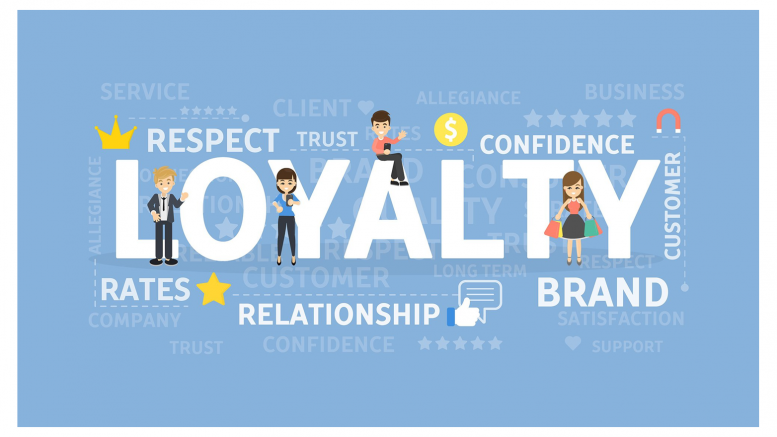To quote American Blues Musician, who goes by the stage name Little Axe, “If you want loyalty, get a dog”. It poignantly illustrates the futility of seeking loyalty in a non-loyal world. But, a lot of us are obsessed with loyalty not just in human relationships but also in marketing. Thing is, that with everything other than dogs, at any point, setting out to measure their loyalty to you is akin to asking to be disappointed. Les Binet and Sarah Carter in their book, “How Not to Plan” first published in 2018 say, “failure to improve brand loyalty is not just an advertising problem. It’s been estimated that 2/3rds of all CRM programmes fail too”. How relevant is ‘brand loyalty’?
Branding and marketing objectives to build brand loyalty may have been relevant in simpler times when there were only 2-3 key choices the audience had in any given domain. We have moved light years ahead from there. Today, choice paralysis caused by an overload to choose from has become the reality. So, is it time we moved on from the trope around ‘brand loyalty’?
Another hard to dispute truth, especially in the world we are navigating today and headed towards, is that most of our brand users use other brands most of the time. Even in human relationships, we hear of concepts such as ‘situationships’, ‘polyamory’ and ‘open relationships’ gaining legitimacy among India’s largest consumer cohort, touted to be the ones who will shape culture going forward, gen Z.
Loyalty perhaps has come to take on a new form today where it simply means honesty and open conversations knowing that you will be understood and still be loved. In a similar vein, the meaning of ‘brand loyalty’ may be decoded as anything from increased sales, increased penetration, increased warmth and love for the brand, etc. If this is what we mean by brand loyalty, what are the implications on our branding and marketing strategies?
Perhaps then we need to rephrase our marketing objectives. Rather than aiming for ‘brand loyalty’, it may be more suited to changing times, to aim for ‘building meaningful connections’ with the audience. This will make us train our energies on identifying how we can cultivate our words and actions as a brand via our content, to heighten the chances of our audience wanting to spend time with us, feel comfortable with us, engaging more with us and thereby buying us more than they do other brands.
As Gen Z would say it, we need to match their vibe. In a choice overload world, vibes become our final resort to help us decide. Some brands feel good. We like them. This liking comes from reliable products and services and the news we hear about the companies. Being known as a toxic employer, and/or for a poor work ethic and/or for leaving an adverse effect on the environment and/or being tone deaf in the narratives in their ads contribute to a brand’s vibe too. Simply making a good product with great advertising alone will not help brands make the cut for being their favourite brand. Demonstrating through lived out experiences, a brand’s intent to help and be useful, in addition to offering good product, service and advertising goes a long way in making existing, potential and tentative customers feel drawn to us over other brands.
No matter the category, there are many brands people want to try, even if they love their experience with their existing choices. The natural response of brands gunning for brand loyalty tends to be to scramble for creative ways of exploiting this FOMO anxiety via clever advertisements. But what if we stopped fighting the reality of ‘brand open relationship’? What if we start being ok with customers trying out other brands and focus on fostering a preference for our brand through content strategies aimed at building the vibe of being the brand that is consistently helpful, delightful, comforting, enriching, inspiring and worth their while? A ‘brand open relationship’ world means we need to aim to be the favourite despite any number of flings.
The views and opinions published here belong to the author and do not necessarily reflect the views and opinions of the publisher.



Be the first to comment on "From ‘Brand loyalty’ to ‘Brand open relationships’ and what it means for us"